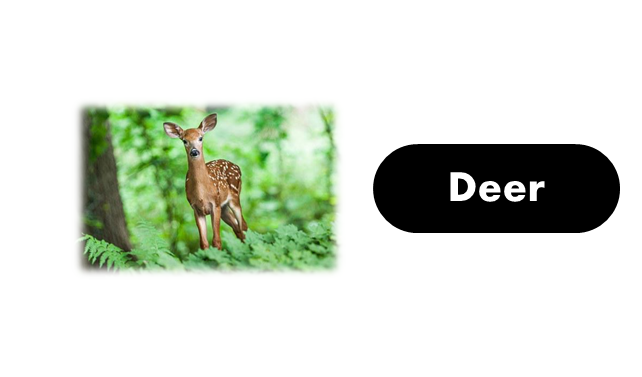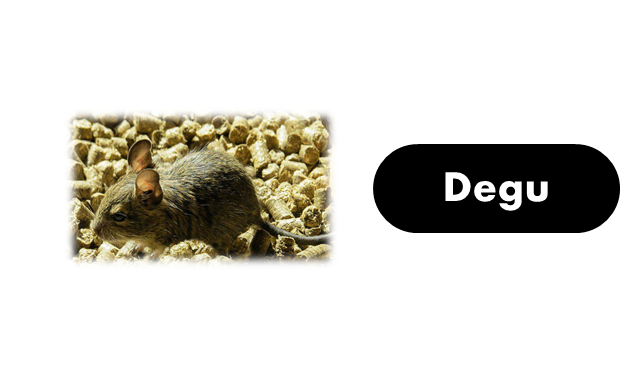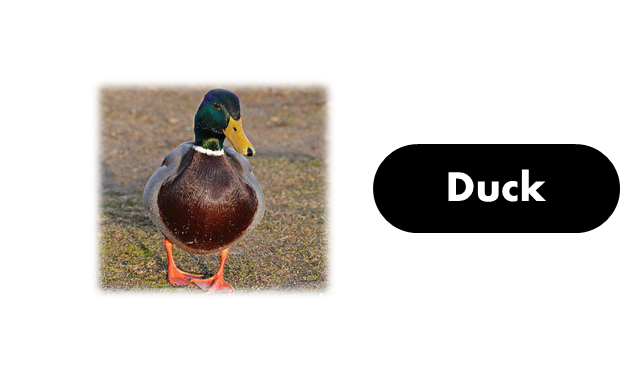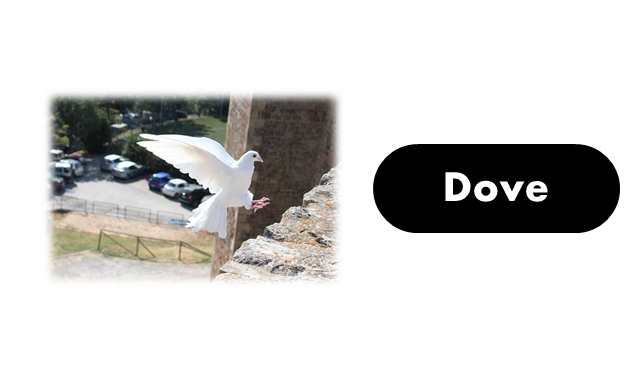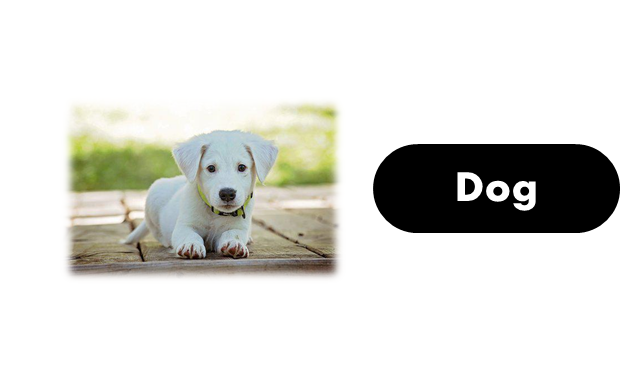There are countless animal species on our planet, each with its unique characteristics and adaptations. From the smallest insect to the largest mammal, the animal kingdom is a vast and diverse world that never fails to fascinate us. One way to explore this fascinating world is to group animals according to their first letter, and in this post, we will be looking at animals starting with D. From majestic mammals to colorful birds and unusual reptiles, this list will introduce you to some of the most interesting and unusual animals that start with D.
Animals That Start With D
- Dachshund
- Dunlin
- Dingo
- Dalmadoodle
- Doxle
- Dottyback
- Darwin’s Frog
- Dapple Dachshund
- Dotterel
- Dormouse
- Doxiepoo
- Dik-Dik
- Driftfish
- Dromedary Camel
- Dusky Dolphin
- Dhole
- Dragonfly
- Dungeness Crab
- Dorkie
- Donkey
- Drum Fish
- Dung Beetle
- Dugong
- Degu
- Dassie Rat
- Drongo
- Dragonet
- Darwin’s fox
- Dark-eyed Junco
- Dalmador
- Dabra Goby
- Double Doodle
- Deutsche Bracke
- Dipper
- Desert Tortoise
- Devon Rex
- Deer Head Chihuahua
- Drever
- Dachsador

Must Learn: Animals That Start With E
Animals That Begin With D
- Discus
- Doberman Pinscher
- Douc
- Desert Rain Frog
- Deer
- Dodo
- Dog
- Dogo Argentino
- Dolphin
- Dogue De Bordeaux
- Dragonfish
- Dorgi
- Dove
- Damselfish
- Dunker
- Dalmatian
- Duck
- Dwarf Crocodile
- Deathwatch Beetle
- Draco volans
- Dugong or Sea Cow
- Desert Locust
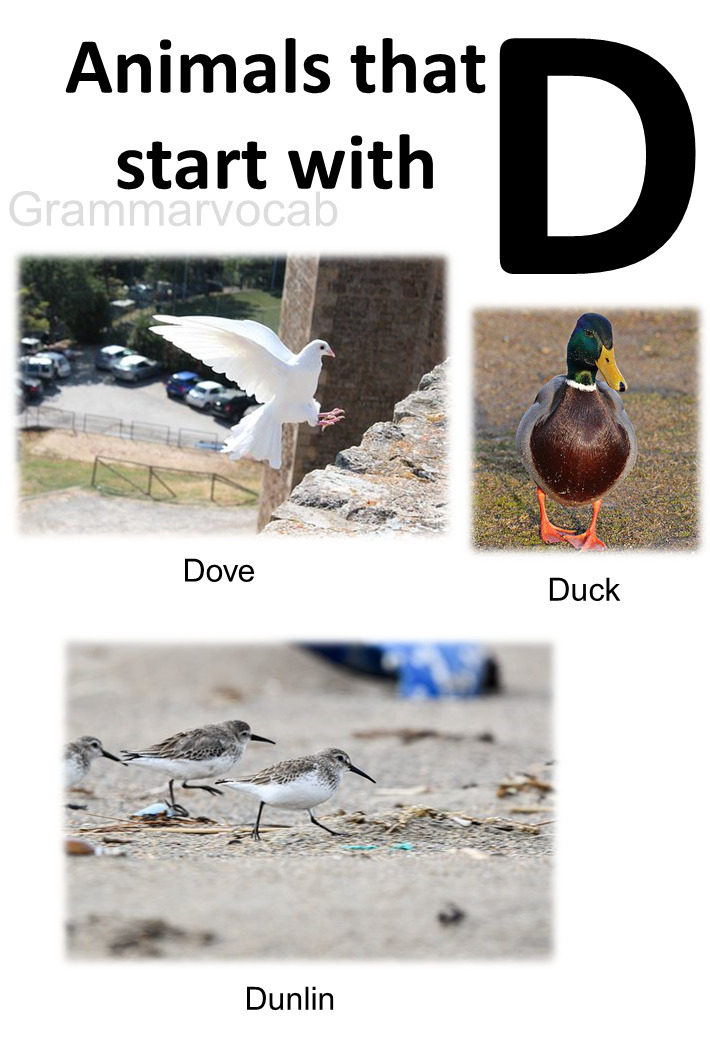
Animals That Start With D Facts And Images
Deer
- Deer are herbivores and primarily eat leaves, stems, buds, and fruits of woody plants, as well as grasses and herbs.
- There are about 47 different species of deer found worldwide, including white-tailed deer, red deer, reindeer (caribou), elk (wapiti), and moose.
- Male deer are called bucks, while females are called does. Young deer are called fawns.
- Deer have keen senses, including excellent hearing and a sense of smell that is up to 1,000 times better than humans.
- Antlers, which are unique to male deer (with the exception of caribou/reindeer), are grown and shed annually. Antlers are used for defense, display, and to establish dominance during mating season.
- Deer have a four-chambered stomach, similar to cattle and other ruminants, that allows them to digest tough plant material.
- The white-tailed deer is the most common deer species in North America and can be found in forests, fields, and even suburban areas.
- Deer have no gallbladder, which is a sac-like organ that stores bile produced by the liver. Instead, bile flows directly from the liver to the small intestine.
- Deer are important to many cultures and are featured in folklore, literature, and art throughout history.
- Deer populations are impacted by a variety of factors, including habitat loss, hunting, and disease. Conservation efforts are important to ensure the continued survival of these majestic animals.
Degus
Degus are small rodents that are native to Chile in South America. Here are some facts about them:
- Degus have a lifespan of around 6-8 years in captivity but can live up to 10 years in the wild.
- They are social animals and live in colonies of up to 100 individuals in the wild.
- Degus are diurnal, which means they are active during the day and sleep at night.
- They are herbivores and eat a diet of hay, vegetables, and pellets.
- Degus are known for their love of dust baths, which helps keep their fur clean and healthy.
- They have long tails that are covered in hair, which they use for balance and communication.
- Degus are intelligent and curious animals that enjoy playing and exploring their environment.
- They are popular pets but require a large cage and regular socialization with their owners to thrive.
- Degus have a unique dental structure that requires them to chew on tough materials like wood and hay to keep their teeth from overgrowing.
- In the wild, degus are threatened by habitat loss and hunting and are considered a vulnerable species by the IUCN Red List.
Ducks
Ducks are aquatic birds that belong to the family Anatidae. Here are some interesting facts about them:
- There are over 120 different species of ducks, including mallards, wood ducks, and teals.
- Ducks have webbed feet, which help them swim and dive for food.
- They have waterproof feathers that trap a layer of air close to their skin, which keeps them warm and dry while swimming.
- Ducks are omnivores and eat a variety of food, including insects, fish, and plants.
- They have a specialized bill that helps them filter food from the water.
- Ducks are known for their distinctive quacking sound, which is more common in female ducks.
- Many species of ducks migrate long distances each year, often traveling in large flocks.
- Ducks form pair bonds during the breeding season and the male duck is often brightly colored to attract a mate.
- Ducks lay eggs in nests, usually in grass or vegetation near water.
- Ducks are important to many cultures and have been featured in folklore, art, and literature throughout history.
Dove
Doves are a group of birds that belong to the family Columbidae. Here are some interesting facts about them:
- Doves are small to medium-sized birds, with most species weighing between 50-500 grams.
- They have plump bodies, short necks, and small heads.
- Doves are found all over the world, except in the polar regions and some remote islands.
- They are known for their soft cooing calls and are often associated with peace and love.
- Doves are primarily seed-eaters, but will also eat insects and fruit.
- They are monogamous and mate for life.
- Doves build simple nests out of twigs and grasses and lay one or two eggs at a time.
- Both parents take turns incubating the eggs and caring for the young.
- Doves are important in many cultures and are featured in mythology, religion, and art.
- Some species of doves are kept as pets, including the diamond dove and the ring-necked dove.
Donkey
Donkeys are domesticated animals that belong to the family Equidae and are closely related to horses. Here are some interesting facts about them:
- Donkeys are also known as burros or asses.
- They are social animals and thrive in the company of other donkeys.
- Donkeys are intelligent animals and have been used for thousands of years for work, transportation, and as pack animals.
- They are herbivores and eat a diet of grasses, hay, and grains.
- Donkeys have long ears that can rotate 180 degrees, which helps them detect sounds from all directions.
- They have a strong sense of self-preservation and can be stubborn, but are also known for their gentle and loyal personalities.
- Donkeys have a keen sense of smell and can recognize familiar scents from miles away.
- They are used in some cultures for their milk, which is high in protein and low in fat.
- Donkeys have a reputation for being hardy and can survive in harsh environments with little food and water.
- They have a natural defense mechanism called a “bray,” which is a loud, distinctive call that can be heard up to three miles away.
Dog
Dogs are a domesticated species of the family Canidae, which also includes wolves, foxes, and jackals. Here are some interesting facts about them:
- Dogs are social animals and have been bred for thousands of years to work with humans in a variety of roles, including hunting, herding, and guarding.
- They are descended from wolves and were domesticated between 15,000 and 30,000 years ago.
- Dogs come in a wide range of sizes and shapes, from tiny Chihuahuas to giant Great Danes.
- They are carnivores and require a diet that is high in protein.
- Dogs have a keen sense of smell and can be trained to detect a wide range of substances, including drugs, explosives, and human illnesses like cancer.
- They are intelligent animals and can learn a wide range of commands and behaviors.
- Dogs are loyal and affectionate pets that form strong bonds with their owners.
- They have a natural instinct to protect their families and can be trained to be guard dogs.
- Dogs require regular exercise and mental stimulation to stay healthy and happy.
- There are over 300 different breeds of dogs recognized by the American Kennel Club, each with its own unique characteristics and traits.

